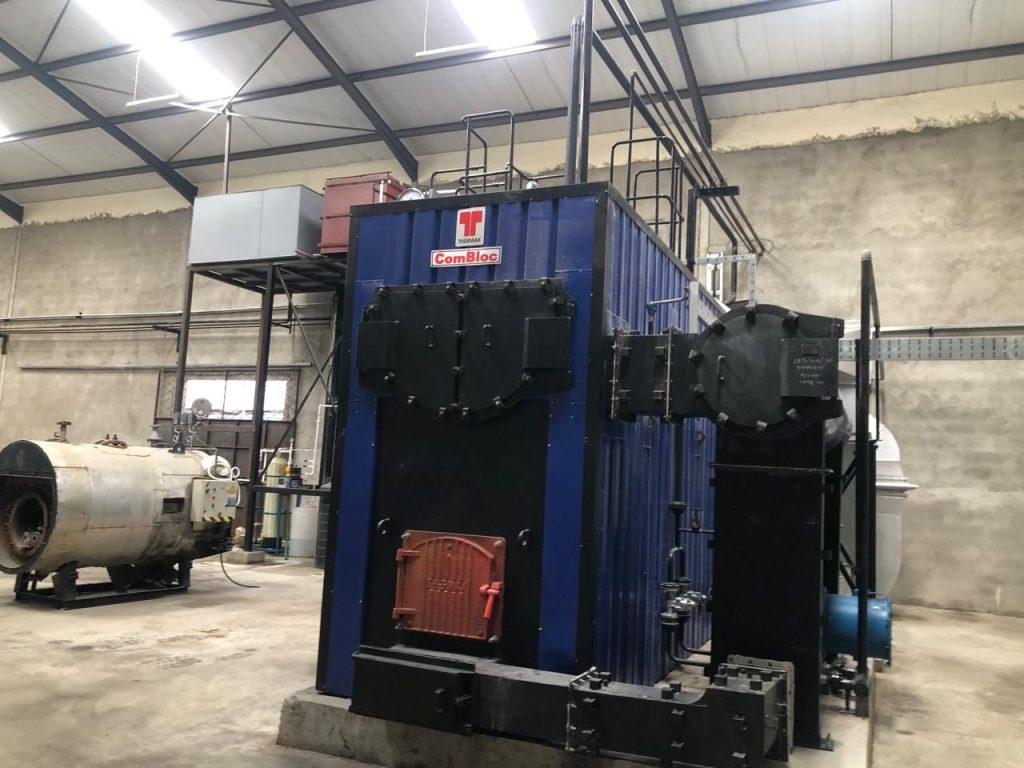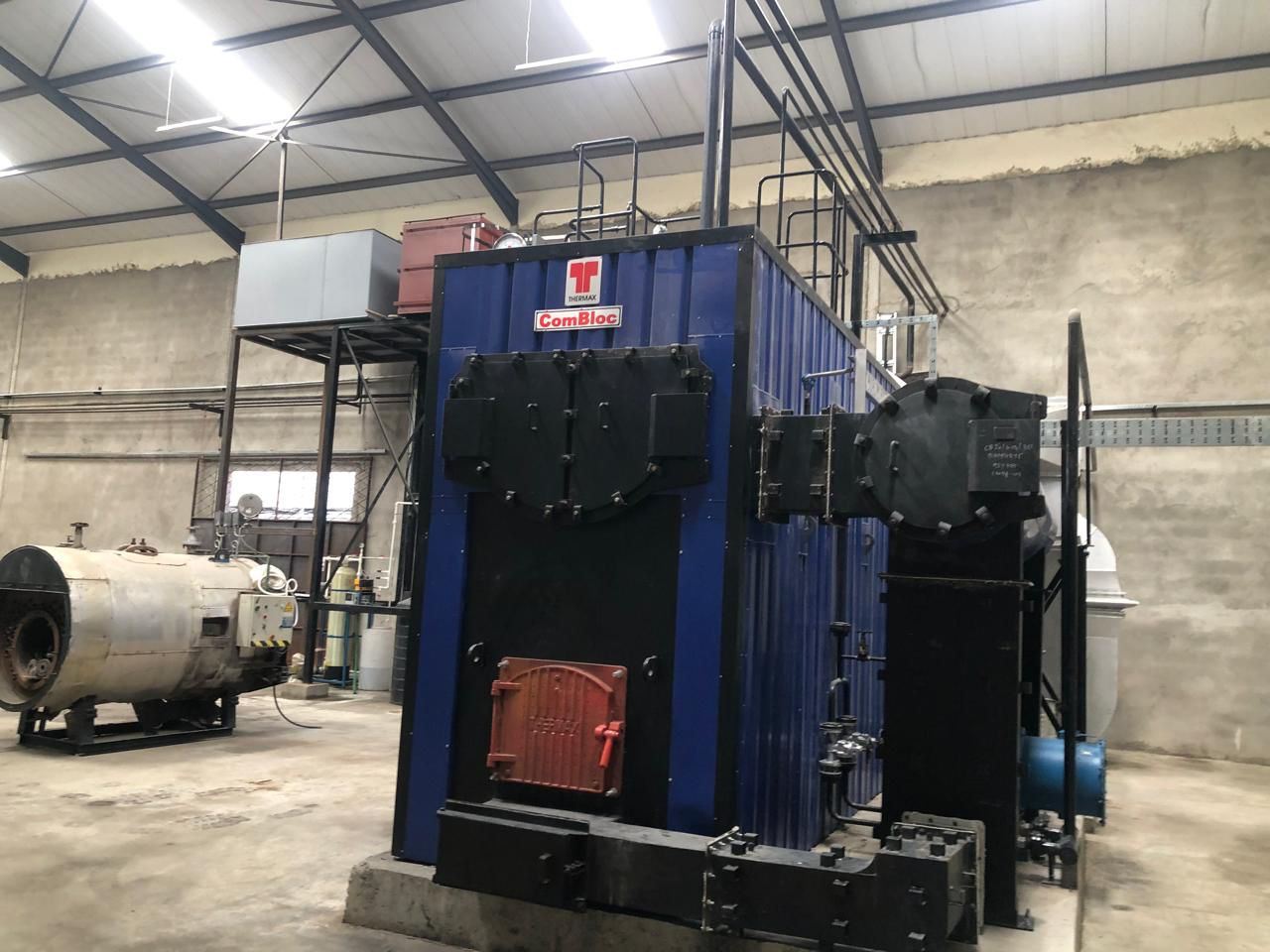A steam system is the heart of many industrial operations. But like any high-performing asset, it needs regular attention. Ignoring the signs of wear and inefficiency doesn’t just risk downtime, it can cost thousands in repairs, energy waste, and even safety violations.
Recognizing early warning signs can help you take action before small issues turn into expensive breakdowns. Whether you’re in manufacturing, food processing, textiles, or pharmaceuticals, keeping your steam system in peak condition is key to productivity and safety.
Here are the seven biggest red flags that your steam system needs fast maintenance.

1. Irregular Pressure Levels
Steam systems are built around consistency. If you notice pressure fluctuations, either too high or too low, that’s a major red flag.
This issue might point to blockages, malfunctioning regulators, or steam traps not functioning properly. Irregular pressure affects the performance of your equipment, can cause product quality issues, and puts your entire system under stress.
Routine checks can help you spot this before it gets serious.
2. Excessive Condensate Return or Leaks
Have you noticed water where it shouldn’t be? Excessive condensate in your return lines or visible leaks are clear signs of problems.
Leaks can reduce system efficiency and increase energy costs. They also increase the risk of corrosion and water hammer, both of which can damage your system if not fixed quickly.
If your steam trap maintenance is overdue, now’s the time.
3. Strange Noises from Pipes or Valves
Steam systems should run quietly when in good shape. Banging, knocking, or hissing sounds usually point to problems like water hammer, trapped air, or failing valves.
Don’t ignore odd noises, they’re telling you something is wrong.
Even something as simple as incorrect slope in your piping can lead to persistent noise and long-term damage.
4. Rising Fuel or Energy Costs
If your monthly bills keep creeping up despite consistent usage, your steam system may be wasting energy.
Poor insulation, leaking steam, or improperly functioning traps and valves can all cause energy losses.
An energy audit can help you pinpoint where steam and money are being lost. Catching inefficiencies early pays off quickly.
5. Inconsistent Heating or Production Output
Has your production quality started dipping? Inconsistent temperature control in your process is often linked to poor steam system performance.
This could be due to pressure loss, water in steam lines, or incorrect control valve operation.
Whatever the cause, the result is the same: unpredictable output, lower product quality, and unhappy clients or customers.
6. Frequent Equipment Shutdowns
A system that frequently shuts down to cool off or reset isn’t working efficiently. This often points to an issue somewhere in the steam delivery line or control system.
Each shutdown disrupts workflow and adds wear and tear on components. More importantly, it may be a sign of bigger issues that could soon lead to total system failure.
7. Outdated or Unmaintained Components
If it’s been years since you last checked the age or condition of your steam traps, control valves, or gauges, chances are something is already underperforming.
Old components are more likely to fail and often operate far less efficiently than newer replacements. Preventive maintenance is always cheaper than emergency fixes.
A modern, well-maintained steam system can easily last over 20 years. But without care, it won’t make it half that.
What We’re Seeing at Spenomatic Kenya
At Spenomatic Kenya, we’ve worked with hundreds of clients across East Africa to maintain, upgrade, and optimize their steam systems.
In many cases, businesses only call us after an avoidable shutdown. But we’ve seen first-hand how proactive maintenance saves time, money, and stress.
We’ve invested in diagnostic tools that help us identify leaks, insulation gaps, and trap failures before they turn into emergencies. When we say regular checkups matter, it’s not just theory, it’s what we do every day with our partners across the region.
If you’re not sure where to start, our team can help you run a simple efficiency check. Often, it only takes a few adjustments to bring a struggling system back to peak performance.
Why Regular Steam Maintenance Pays Off
Fixing a minor leak might take a few hours. Replacing an entire damaged steam line can take weeks. That’s the difference regular maintenance makes.
Improved safety, reduced fuel costs, longer equipment lifespan, and consistent production quality all stem from proper upkeep.
Most importantly, it gives your team peace of mind and keeps your clients happy.
Final Thoughts
Steam systems don’t usually fail overnight. The signs appear slowly and are easy to overlook, until they become too big to ignore.
If any of the seven signs above sound familiar, now is the time to act. Scheduling a professional inspection or maintenance service could save your business from a major disruption.
And if you’re in Kenya or the East African region, we’re right here to help you keep things running efficiently and reliably.
FAQs
- How often should a steam system be maintained?
Ideally, components like steam traps and valves should be inspected every 6 to 12 months, depending on system usage. - What’s the most common cause of steam system inefficiency?
Leaking or malfunctioning steam traps are among the top causes of inefficiency and energy waste. - Can I maintain a steam system in-house?
While basic checks can be done in-house, expert inspection is strongly recommended for detecting hidden inefficiencies or safety issues. - How do I know if my steam system is costing me money?
Watch for signs like rising energy bills, inconsistent production output, or frequent breakdowns. - Does Spenomatic Kenya offer steam audits?
Yes, we provide on-site steam audits, diagnostics, and maintenance services tailored to various industries across East Africa.

